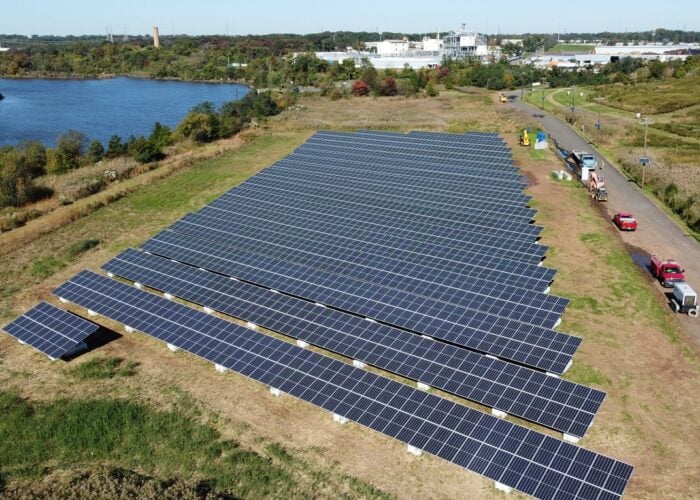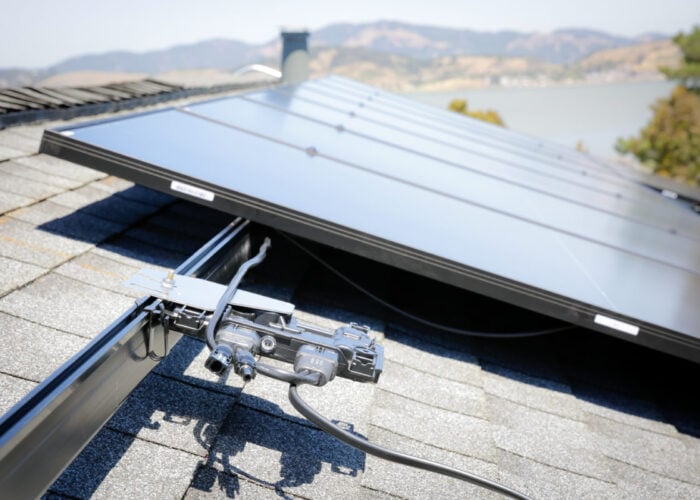
On Friday (4 October), the US and Australia emphasised their support for developing clean solar PV supply chains, which could leverage both countries’ investments and complementary resources from their respective solar industries.
The two countries are set to increase collaboration across several energy technologies, including solar PV supply chains and energy storage, as confirmed by a meeting in Brazil between Jennifer Granholm, the US secretary for energy, and Chris Bowen, Australia’s minister for climate change and energy.
Unlock unlimited access for 12 whole months of distinctive global analysis
Photovoltaics International is now included.
- Regular insight and analysis of the industry’s biggest developments
- In-depth interviews with the industry’s leading figures
- Unlimited digital access to the PV Tech Power journal catalogue
- Unlimited digital access to the Photovoltaics International journal catalogue
- Access to more than 1,000 technical papers
- Discounts on Solar Media’s portfolio of events, in-person and virtual
Or continue reading this article for free
As a first step in investigating the feasibility of an end-to-end solar supply chain, the ministers noted their intent to conduct and report on techno-economic market studies on the solar industry, including polysilicon processing and trade. This work will leverage solar cooperation between the Australian Renewable Energy Agency (ARENA) and the US Department of Energy (DOE) alongside the Australia-US Clean Energy Industry Council.
This is the latest development between the two countries regarding creating clean solar supply chains. Indeed, our sister site PV Tech reported last month (23 September) that the Quadrilateral Security Dialogue, better known as the ‘Quad’, announced the launch of the first round of the Quad Clean Energy Supply Chains Diversification Program in Australia. The programme will open in November 2024 and focus on solar PV, battery energy storage, and electrolysers.
The AU$50 million (US$34 million) initiative will provide grants to fund research and development projects and feasibility studies to develop more diverse solar PV, hydrogen electrolyser, and battery supply chains.
To read the full article, please visit Energy-Storage.news.







